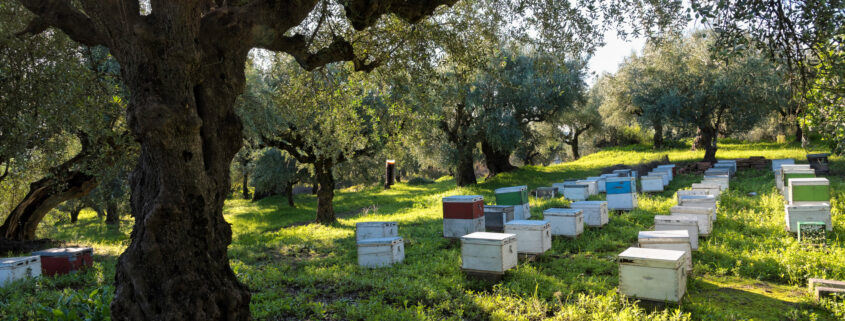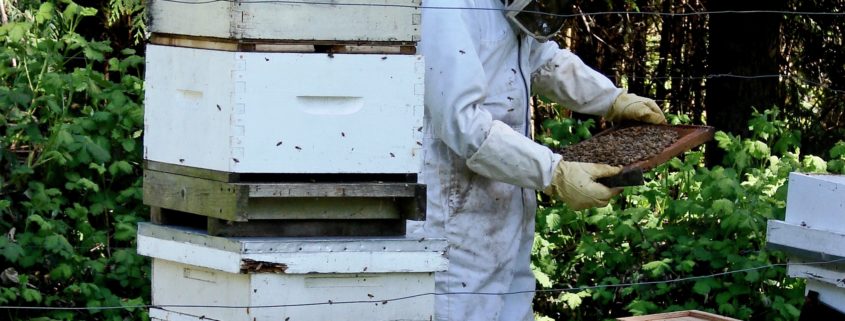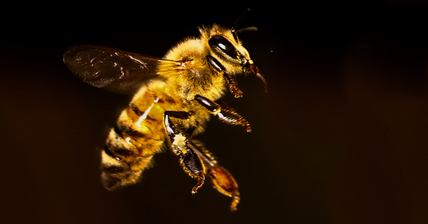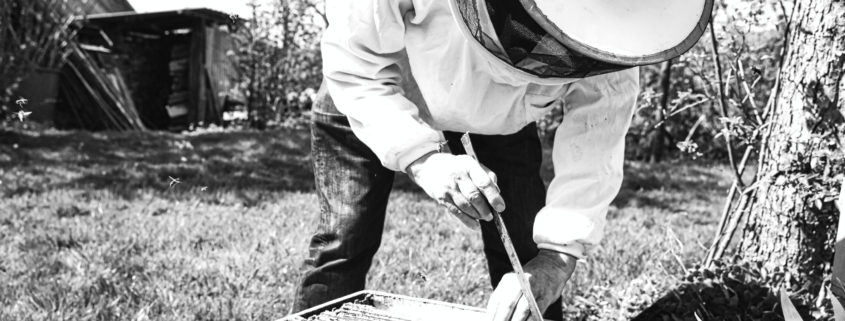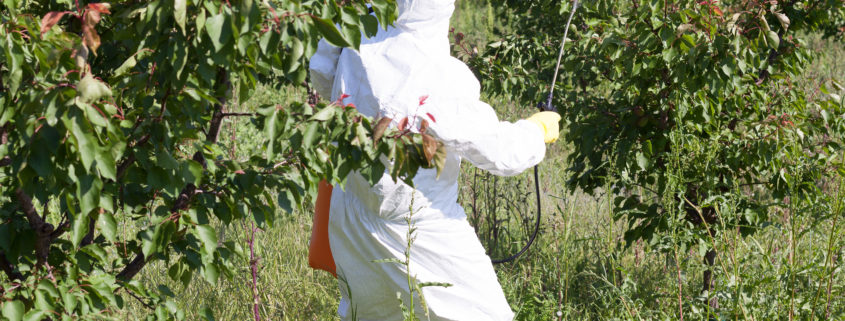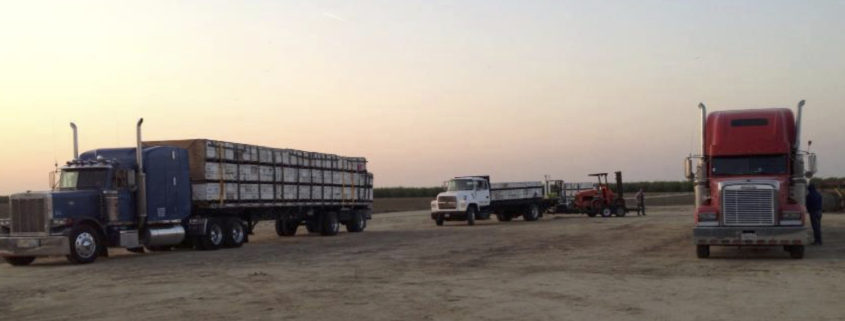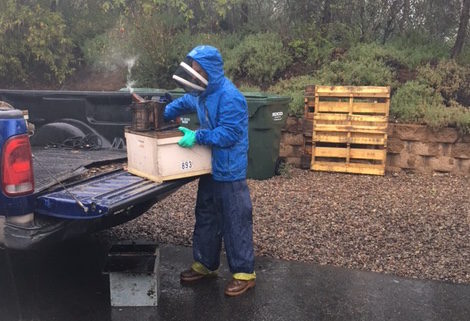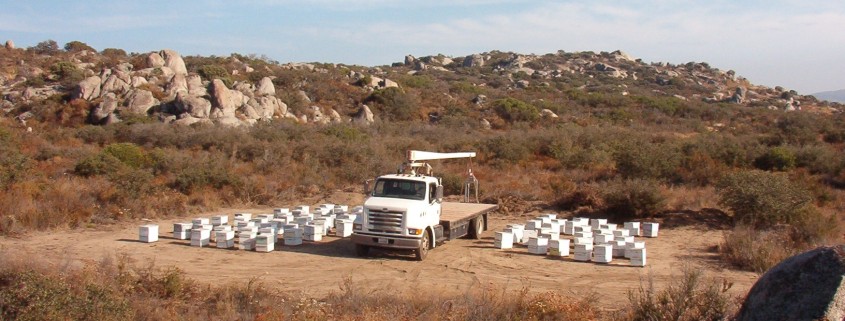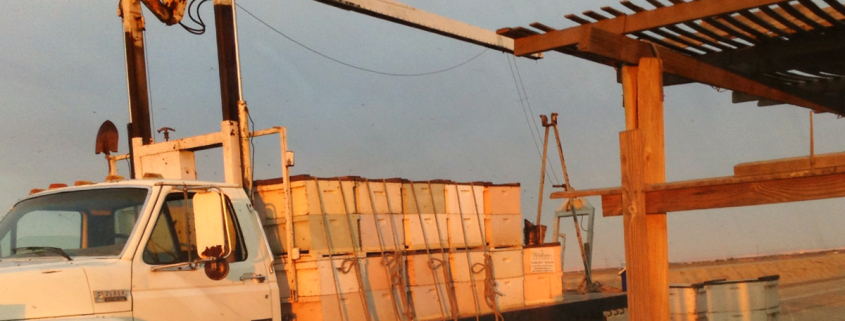Expanding Your Beekeeping: The Benefits of a Second Bee Yard
As an experienced beekeeper, you’ve nurtured your hives and witnessed the wonder of their industriousness. But as your bee population grows, you may find yourself contemplating the merits of establishing a second apiary (bee yard).
One compelling reason to establish a second apiary is to alleviate competition for nectar and pollen sources among your hives. When too many bees are concentrated in a single area, they may become stressed and engage in robbing behavior, where they invade other hives to steal their resources. By distributing your colonies across two locations, you effectively reduce the strain on local nectar and pollen sources. This allows individual hives to thrive and gather more resources, ultimately leading to increased honey production. Studies have shown that maintaining smaller colonies in multiple apiaries yields higher honey yields compared to a single, large apiary.
A second apiary offers a crucial layer of flexibility and resilience in managing your bee population. If one apiary becomes temporarily unavailable due to pesticide spraying, neighbor complaints, or unforeseen circumstances, the other apiary can act as a reliable backup. This safeguards your beekeeping operation and ensures a continuous supply of honey.
When selecting a site for your second bee yard, consider a location that is at least 2-3 miles away from your original apiary. This distance minimizes the risk of bees from one apiary drifting back to the other, causing confusion and potential conflict. Additionally, the location should be within a reasonable travel distance to facilitate regular inspections and maintenance.
Acquiring a suitable location for your second apiary can be achieved through various means. Networking with friends and acquaintances may yield potential sites. Groves and orchards often welcome beekeepers for pollination services. Consider placing advertisements in farm journals or online agricultural forums to reach a wider audience.
Landowners may be more receptive to hosting your beehives if you offer honey in exchange for the use of their property. This mutually beneficial arrangement not only provides landowners with a valuable commodity but also demonstrates your commitment to maintaining a harmonious relationship.
Establishing a second bee yard marks an exciting step in your beekeeping journey. By diversifying your apiary locations, you can reap the rewards of increased honey production, enhanced flexibility, and reduced risks. Embrace the challenge of expanding your beekeeping horizons and witness the flourishing of your bees.

